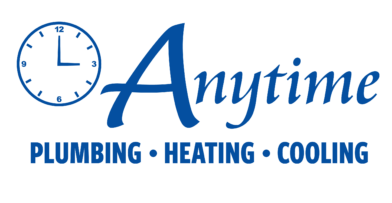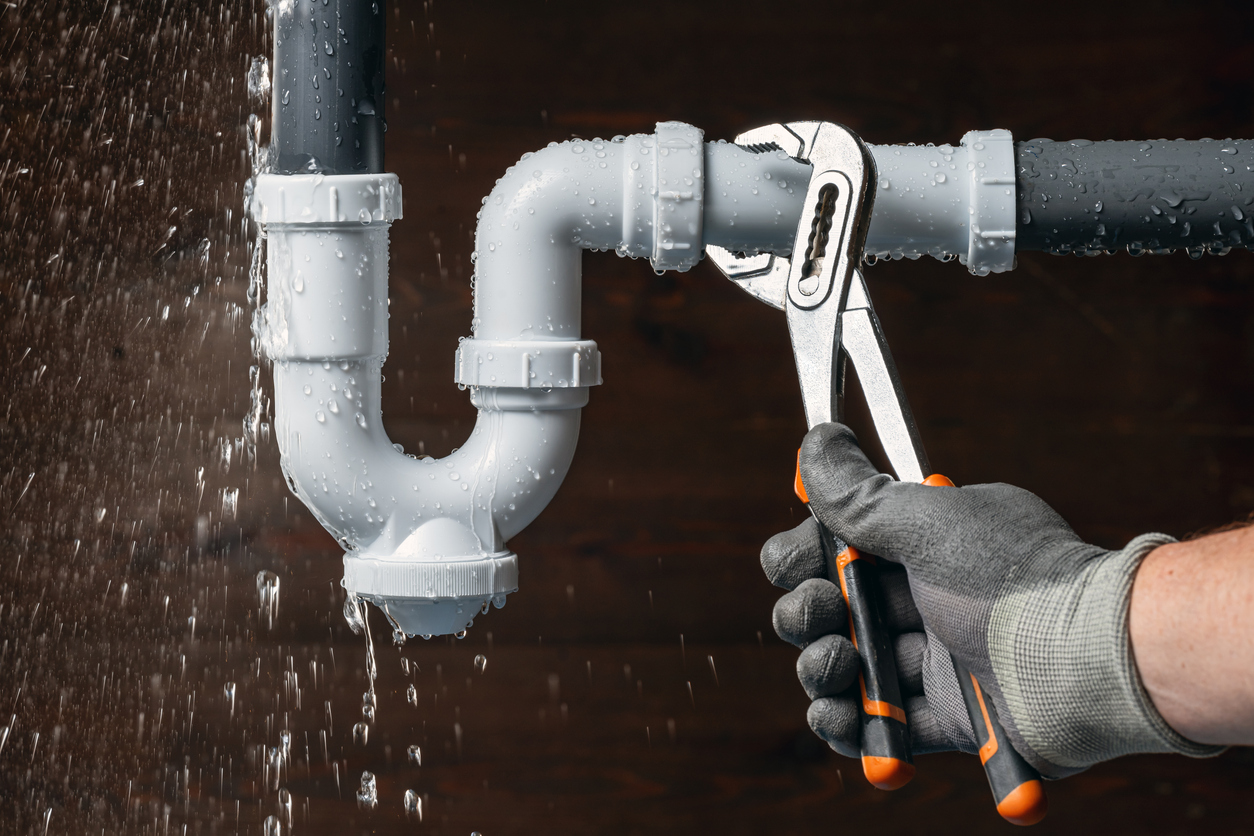Plumbing emergencies can happen at any time. When they do, quick action can make all the difference. Are you dealing with a slab leak, an overflowing toilet, or a main water line issue? Knowing what to do in those critical first moments can save you from costly repairs and extensive water damage. Here’s a step-by-step guide on handling your plumbing emergency like a pro.
Step 1: Shut Off the Water
The first and most crucial step in any plumbing emergency is stopping the water flow. Every homeowner should know where their main shut-off valve is located. In most homes, it’s near the water meter or where the main water line enters the house. If the issue is isolated to a specific fixture (like a sink or toilet), turn off the shut-off valve closest to it.
How to Find and Turn Off Your Water Supply:
- Main Water Shut-Off: Typically found in basements, crawl spaces, garages, or outside near the street
- Toilet Shut-Off Valve: Located behind the toilet, usually near the floor
- Sink Shut-Off Valve: Located under the sink, attached to the pipes
- Water Heater Shut-Off: Turn off the cold-water valve to stop water from entering the tank
Step 2: Address Leaks Immediately
Once the water is off, assess the situation. If a pipe has burst or there’s a major leak, use towels, buckets, or a wet/dry vacuum to remove standing water. For smaller leaks, use plumber’s tape, pipe clamps, or even duct tape as a temporary fix until professional help arrives.
Quick Leak Fixes:
- Pipe Leaks: Apply plumber’s tape or a pipe repair clamp
- Leaky Faucet: Shut off the under-sink valve and tighten any loose connections
- Water Heater Leak: Turn off the power supply (electricity or gas) and drain the tank if necessary
- Temporary Pipe Repair: If a pipe has a small crack or hole, wrap it with rubber from an old hose and secure it with pipe clamps or zip ties until a plumber can fix it properly
Step 3: Turn Off Electrical Power If Necessary
Preventing electrocution needs to be your priority. If water is leaking near electrical outlets, appliances, or the breaker panel, shut off your power immediately. Water and electricity are a dangerous combination.
Step 4: Unclog Drains Carefully
If a sink or toilet is backing up, avoid using chemical drain cleaners, as they can damage pipes. Instead, try using a plunger or a drain snake to remove clogs safely.
Safe Drain Clearing Methods:
- Toilets: Use a plunger and apply steady pressure
- Sinks & Tubs: Try a drain snake or a baking soda and vinegar mixture
- Grease Clogs: Pour boiling water followed by dish soap to break down grease
Step 5: When to Call a Professional Plumber
While some plumbing emergencies can be temporarily managed, others require immediate professional intervention. Call a licensed plumber if you experience:
- Burst pipes: Even a small crack can leak gallons of water in minutes
- Sewage backup: Raw sewage is a health hazard and should be handled by a professional
- No water supply: If your home suddenly loses all water, there may be a major issue with your main line
- Water heater failure: If your water heater is leaking or not producing hot water, call an expert
- Gas line issues: If you smell gas near a water heater or stove, leave the house immediately and call emergency services
Step 6: Prevent Future Plumbing Emergencies
While emergencies can’t always be avoided, regular maintenance can minimize the risk. Here are a few preventative measures every homeowner should take:
Annual Plumbing Checklist
- Inspect pipes for leaks or corrosion at least twice a year
- Flush your water heater annually to remove sediment buildup
- Check toilet flappers and seals to prevent silent leaks
- Clear slow drains using baking soda and vinegar before they fully clog
- Test your water pressure to ensure it's not too high (which can stress pipes)
- Have a plumber inspect your home for potential weak points in your plumbing system
Avoid These Common Plumbing Mistakes:
- Pouring grease down the drain: Grease solidifies and causes blockages over time
- Ignoring slow drains: They can indicate a developing clog deep in the pipes
- Using chemical drain cleaners frequently: These can corrode pipes and cause long-term damage
- Skipping regular inspections: Preventative maintenance is cheaper than emergency repairs
Contact Anytime for Emergency Plumbing Services
Plumbing emergencies can be stressful, but knowing how to react quickly can prevent extensive damage and costly repairs. By following these steps, you can take control of the situation and protect your home. When in doubt, don’t hesitate to call an emergency plumber to handle the problem safely and effectively.
Need professional plumbing assistance? Call 725-237-1727 for same-day emergency plumbing services.




